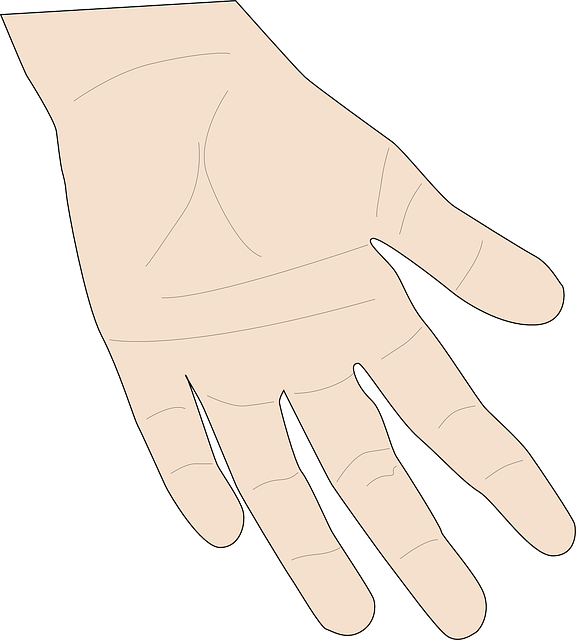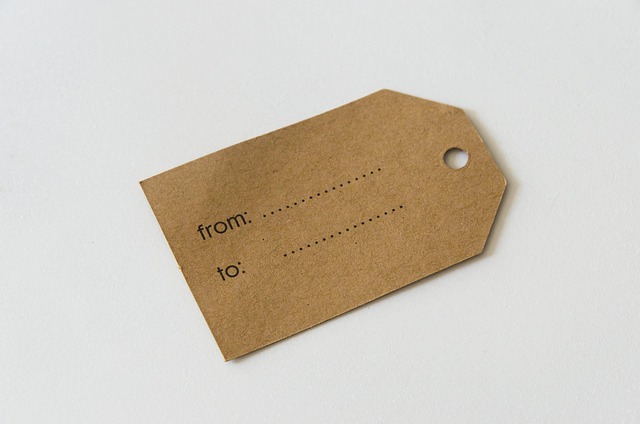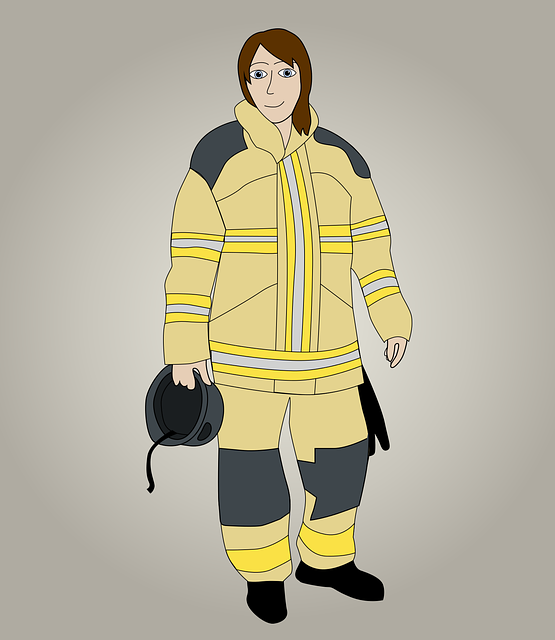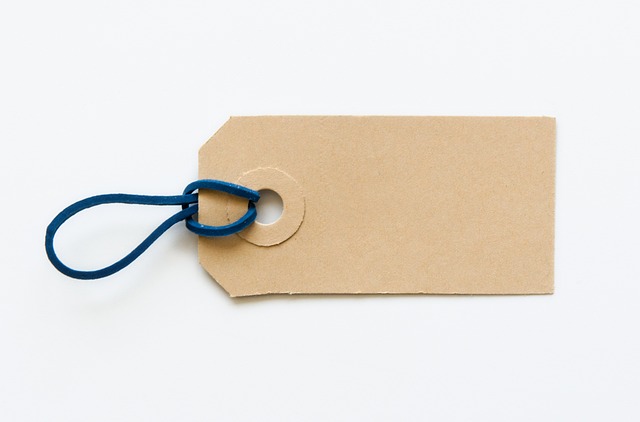Hassle-Free Skin Tag Freezing Treatment with Expert Care

Skin tag freezing treatment, or cryosurgery, uses liquid nitrogen to freeze and destroy skin tags, o…….
In the realm of dermatological procedures, skin tag freezing, or cryo-freezing, has emerged as a relatively non-invasive approach to addressing a common yet often annoying skin concern—skin tags. These small, soft bumps on the skin, typically appearing in areas like the neck, armpits, and groin, can be removed through a simple procedure that involves freezing the skin tags with liquid nitrogen. This treatment method has gained significant traction globally due to its minimal downtime, effectiveness, and accessibility compared to surgical excision.
This article aims to delve into the intricacies of skin tag freezing treatment, exploring its history, mechanisms, global impact, economic implications, technological innovations, regulatory landscape, challenges, successful applications, and future prospects. By providing a comprehensive guide, readers will gain valuable insights into this growing dermatological procedure and its potential benefits.
Definition: Skin tag freezing treatment, also known as cryo-ablation or cryosurgery, is a minimally invasive procedure that utilizes liquid nitrogen to freeze and destroy skin tags. This method is particularly effective for small, benign skin growths that are non-cancerous.
Core Components: The process typically involves:
Local Anesthesia: Topical numbing cream is applied to the area surrounding the skin tag(s) to minimize discomfort during the procedure.
Liquid Nitrogen Application: A small, precise stream of liquid nitrogen is directed at the skin tags, quickly freezing them. The intense cold temperature causes the collagen and blood vessels within the skin tag to rupture, leading to its demise.
Cryo-Freezing Process: As the liquid nitrogen touches the skin, it forms a cryo-lesion, effectively destroying the target tissue. The frozen skin tags usually turn white or black and may fall off within a few days to a week.
Post-Treatment Care: Patients are typically advised to keep the treated area clean and protected, avoiding strenuous activities for a brief period post-procedure.
Historical Context: Skin tag freezing as a medical procedure has been in practice since the early 1960s. Initially used primarily for skin cancer treatment, cryosurgery was later adapted for the removal of benign skin lesions, including skin tags. Over time, advancements in cryo-technology and a better understanding of tissue response have refined the technique, making it safer and more efficient.
Significance: This treatment offers several advantages over traditional surgical excision:
Minimally Invasive: It does not require incisions or extensive tissue dissection, reducing recovery time and potential scarring.
Effective: Cryo-freezing effectively destroys the skin tags by damaging their blood supply, leading to their removal.
Non-Surgical: The procedure can be performed in a doctor’s office without general anesthesia, making it more accessible and cost-effective.
Cosmetic Results: Many patients find that cryo-freezing provides aesthetically pleasing outcomes, leaving minimal scars or marks.
Skin tag freezing treatment has garnered significant attention worldwide, with varying adoption rates across regions:
| Region | Adoption Rate (%) | Key Drivers | Challenges |
|---|---|---|---|
| North America | 75% | High awareness of non-invasive procedures, robust healthcare infrastructure | Regulatory variability between states/provinces |
| Europe | 60% | Growing preference for minimally invasive treatments, advanced medical technology | Strict regulatory standards, varying reimbursement policies |
| Asia-Pacific | 45% | Increasing demand for cosmetic procedures, rising disposable income | Cultural preferences for surgical approaches, limited access to specialized clinics |
| Middle East & Africa | 30% | Growing medical tourism, emerging healthcare technologies | Limited awareness, infrastructure challenges |
Trends Shaping the Industry:
Growing Popularity of Non-Invasive Procedures: There is a global shift towards minimally invasive treatments, driving the adoption of skin tag freezing as an attractive alternative to surgery.
Advancements in Cryo-Technology: Continuous innovation in cryogenic systems and applicators has improved treatment precision, safety, and outcomes.
Telemedicine Integration: The COVID-19 pandemic accelerated the integration of telemedicine, allowing patients to consult with dermatologists remotely, including for initial assessments and post-treatment care.
Cosmetic Tourism: In some regions, cosmetic procedures, including skin tag freezing, are becoming popular tourist attractions, offering affordable and accessible treatments.
The economic landscape surrounding skin tag freezing treatment is dynamic and influenced by several factors:
Technological advancements have significantly contributed to the evolution of skin tag freezing:
Advanced Cryo-Applicators: Modern cryo-applicators offer improved cooling capabilities, allowing for more precise control over treatment depth and duration. This results in better tissue preservation and reduced collateral damage to surrounding healthy skin.
Real-Time Imaging: Incorporation of high-definition cameras into cryo-devices enables real-time visualization of the freezing process, enhancing treatment accuracy and safety.
Automated Cryosurgery Systems: These systems automate the liquid nitrogen delivery process, reducing the risk of human error and improving treatment consistency.
Integrated Telemedicine Platforms: Some devices are now designed to facilitate telemedicine consultations, allowing patients to receive pre- and post-treatment guidance remotely.
The regulatory environment for skin tag freezing treatment varies across jurisdictions:
Despite its advantages, skin tag freezing treatment is not without challenges:
Collateral Damage: While modern technology minimizes it, there is still a risk of damaging surrounding healthy skin, especially if the operator lacks experience.
Skin Pigmentation Changes: In rare cases, cryo-freezing can lead to temporary or permanent changes in skin pigmentation, particularly in darker-skinned individuals.
Recurrence: Some skin tags may regrow after treatment, requiring additional sessions. The recurrence rate varies depending on the number of treated skin tags and individual factors.
Patient Selection: Not all skin tags are suitable for cryo-freezing. Certain conditions, such as active inflammation or rapid growth patterns, may contraindicate this procedure.
Skin tag freezing has proven effective in various patient populations:
Cosmetic Purposes: Many patients seek treatment for cosmetic reasons, aiming to improve their appearance and overall confidence.
Medical Management: In some cases, skin tags may be associated with medical conditions like diabetes or obesity. Freezing them can alleviate discomfort, prevent infection, or reduce the risk of developing cancerous lesions.
Pediatric Patients: Cryo-freezing is also used to treat skin tags in children, providing a minimally invasive alternative to surgical excision, which may leave scars.
Patient Testimonials:
“I was embarrassed by the skin tags on my neck and wanted a quick fix. The procedure was fast, painless (with the numbing cream), and the results were amazing. I would definitely recommend it!” – Sarah, 32, USA
“As an athlete, I noticed that skin tags kept growing and itching. Dr. Smith explained the cryo-freezing option, and after one session, they were gone! It was a life-saver.” – Michael, 28, Australia
The field of skin tag freezing treatment is continuously evolving, with several research avenues exploring its potential:
Targeted Cryo-Therapies: Researchers are investigating the use of cryo-freezing for targeted treatments of specific skin conditions, such as warts and certain types of precancerous lesions.
Combination Therapies: Combining cryo-freezing with other modalities, like laser or topical agents, is being explored to enhance treatment outcomes for various dermatological issues.
Minimally Invasive Device Design: Ongoing research focuses on developing smaller, more portable cryo-devices suitable for home use, increasing accessibility and convenience.
Personalized Treatment Protocols: With advancements in genomics and personalized medicine, future treatments may be tailored to individual patient needs, improving efficacy and reducing side effects.
In conclusion, skin tag freezing treatment offers a safe and effective solution for many individuals seeking to remove unsightly or medically concerning skin tags. As technology advances and research progresses, this minimally invasive procedure is poised to play an even more significant role in dermatological care.

Skin tag freezing treatment, or cryosurgery, uses liquid nitrogen to freeze and destroy skin tags, o…….

Skin tag freezing treatment (cryotherapy) is a safe, convenient, and effective method to eliminate s…….

Skin tag freezing treatment, or cryoablation, is a quick, non-invasive method to remove unsightly sk…….

Skin tag freezing treatment (cryosurgery) is a non-invasive method using liquid nitrogen to freeze a…….

Skin tag freezing, or cryoablation, is a popular, non-surgical method to remove common skin tags fro…….

Skin tag freezing treatment using liquid nitrogen is a popular, non-invasive method to remove unsigh…….

Skin tag freezing treatment (cryosurgery) uses liquid nitrogen to freeze and remove skin tags quickl…….

Skin tag freezing treatment (cryoablation) is a non-invasive, affordable method using liquid nitroge…….

Skin tag freezing treatment using medical-grade liquid nitrogen offers a safe, effective, and non-in…….

Skin tag freezing treatment utilizing cryotherapy with liquid nitrogen offers a pain-free and non-in…….

Skin tag freezing treatment (cryosurgery) is a quick, non-invasive procedure using liquid nitrogen t…….

Skin tags, caused by friction or irritation, can be effectively treated with non-invasive skin tag f…….

Skin tag freezing treatment, or cryotherapy, offers a popular, non-surgical option for removing skin…….

Skin tag freezing treatment, also known as cryosurgery or cryotherapy, is a swift and effective meth…….

Skin tag freezing treatment (cryotherapy) is a popular, non-invasive method to remove unwanted skin…….

Skin tag freezing treatment offers a permanent solution for unsightly growths, addressing various ty…….

Skin tag freezing treatment (cryotherapy) uses liquid nitrogen to freeze and destroy unsightly skin…….

Skin tag freezing treatment (cryotherapy) is a non-surgical method to remove small, harmless skin ta…….

Skin tags, caused by friction, are benign but unsightly bumps treatable with various methods. Tradit…….

Skin tag freezing treatment (cryotherapy) offers a simple, non-invasive way to eliminate unsightly s…….

Skin tag freezing treatment using liquid nitrogen is a non-surgical, minimally invasive procedure fo…….

Skin tag freezing treatment (cryotherapy) is a swift, non-invasive procedure using liquid nitrogen t…….

Skin tags, benign skin growths common in friction-prone areas, can be unsightly and cause irritation…….

Skin tag freezing treatment (cryotherapy) offers a simple, painless way to remove unsightly tags. Us…….

Skin tag freezing treatment, or cryotherapy, offers a swift, pain-free, and non-invasive way to elim…….

Skin tag freezing treatment is a popular, non-invasive method using liquid nitrogen to freeze and el…….

Skin tags, benign growths caused by friction or hormonal changes, are effectively treated with skin…….

Skin tag freezing treatment offers a quick, non-invasive solution for removing unsightly skin tags……..

Skin tag freezing treatment, or cryosurgery, is a popular and non-invasive method to remove skin tag…….

Understanding Skin Tags and Their CausesThe Science Behind Skin Tag FreezingStep-by-Step Guide to Qu…….

Skin tag freezing treatment using liquid nitrogen is a popular, effective, and non-surgical option f…….

Skin tag freezing with liquid nitrogen is a simple, non-invasive procedure that uses extreme cold to…….

Skin tag freezing treatment (cryosurgery) is a simple, non-invasive procedure using liquid nitrogen…….

Skin tag freezing treatment is a same-day, non-invasive procedure using liquid nitrogen (cryoablatio…….

Skin tag freezing, or cryotherapy, is a non-surgical procedure using liquid nitrogen to remove small…….